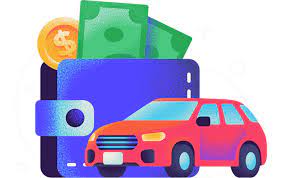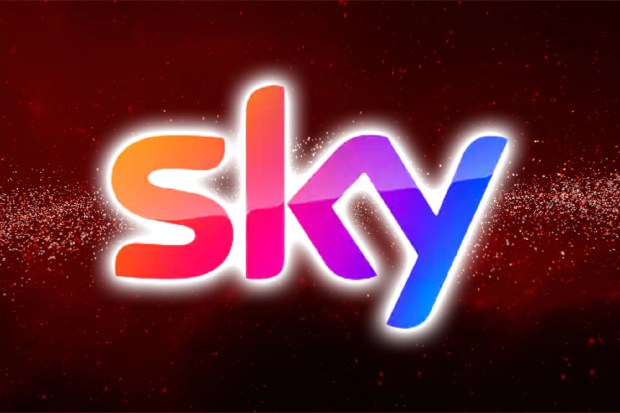Chinese Artists Boycott AI-Generated Images: Protecting Artistic Integrity
Introduction
In recent times, Chinese artists have taken a stand against one of the country’s largest social media platforms due to concerns over its AI image generation tool. This controversy arose when an illustrator accused the platform of using her work to train its AI tool without her permission. The issue has sparked a widespread boycott among artists, calling for better protection of their work and raising questions about the use of AI in the creative industry.
The Allegations and Controversy
The controversy began when an artist, known as Snow Fish, discovered that Xiaohongshu had used her artwork to train its AI tool, Trik AI, without her knowledge or consent. Snow Fish noticed striking similarities between her original works and the AI-generated images on the platform, prompting her to raise the issue publicly. Her post quickly gained traction among her followers and the artist community, igniting a wave of protests against the use of AI-generated images.
Xiaohongshu, a popular social media platform with millions of monthly active users, has not publicly commented on the allegations or disclosed the materials used to train the AI tool. However, Snow Fish did receive a private message from the official Trik AI account, acknowledging the use of her art and promising to remove the offending posts. Despite this, Snow Fish and other artists involved in the boycott are demanding a public apology.
The Impact and Online Protests
The boycott has gained significant momentum within the Chinese artist community, with hundreds of artists joining the protest on Xiaohongshu. Many have posted banners expressing their opposition to AI-generated images, and a related hashtag on the Chinese platform Weibo has garnered millions of views. The boycott reflects a growing concern among artists globally regarding the unauthorized use of their work and the potential implications of AI in the creative industry.
Global Debates on AI in the Arts
The Chinese artists’ boycott is not an isolated incident. Similar concerns and protests against AI-generated images have emerged worldwide. In the United States, for example, writers and actors have halted film and television production to protest against studios’ use of AI. This global debate raises questions about the boundaries of AI in arts and entertainment and the need for regulations to protect artists’ rights.
Calls for Better Protection and Regulation
The artists participating in the boycott are advocating for improved rules and regulations to safeguard their work online. They argue that while AI technology itself is not the issue, the unauthorized use of their art without permission or credit is a violation of their rights. Many AI models are trained using images scraped from the internet without the artists’ consent or compensation. The protest highlights the need for stricter regulations to address these concerns and protect artists’ livelihoods.
The Role of Tech Giants in AI Development
The rapid development of AI image generation tools raises questions about the responsibility of tech giants in protecting artists’ rights. Companies like Xiaohongshu and Trik AI have not disclosed their training materials or publicly addressed the allegations. This lack of transparency and accountability has fueled the artists’ frustrations and intensified their demands for better regulations.
Challenges in Regulating AI Image Generation
Regulating the training behavior of AI image generation tools presents challenges for governments worldwide. The lack of a global consensus on how to regulate these technologies hinders the establishment of standardized rules. Additionally, the ownership of extensive databases by tech giants allows them to develop AI models without considering legal protections for artists’ work. Implementing specific control mechanisms and addressing data mining concerns are crucial steps in regulating AI image generation.
Global Efforts to Regulate AI
Countries and regions worldwide are grappling with the regulation of AI technologies. The European Union has already established rules on AI usage, while the United States is engaged in discussions with lawmakers and tech companies to develop legislation. China, an early adopter of AI regulation, has published rules governing generative AI. However, experts suggest that these regulations prioritize centralizing power and advancing in the global tech race rather than focusing on individual rights.
The Future of AI in the Arts
The use of AI in arts and entertainment is a topic of ongoing debate and exploration. While AI-generated images offer new possibilities and creative tools, concerns about copyright infringement, artists’ rights, and the preservation of artistic value persist. Striking a balance between technological advancements and the protection of artists’ rights will be crucial in shaping the future of AI in the arts.
Conclusion
The Chinese artists’ boycott of Xiaohongshu highlights the growing concerns among artists regarding the unauthorized use of their work in AI-generated images. This controversy has sparked a global conversation about the role of AI in the creative industry and the need for better regulations to protect artists’ rights. As discussions continue and governments grapple with the challenges of regulating AI, the future of AI in the arts remains a complex and evolving landscape.




